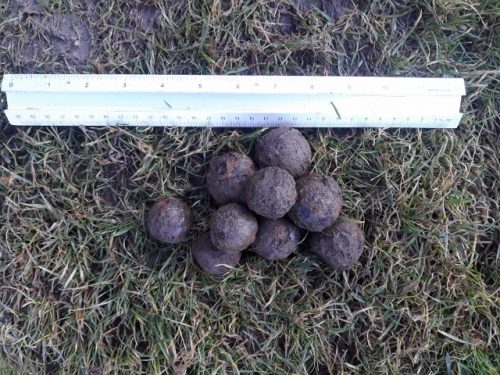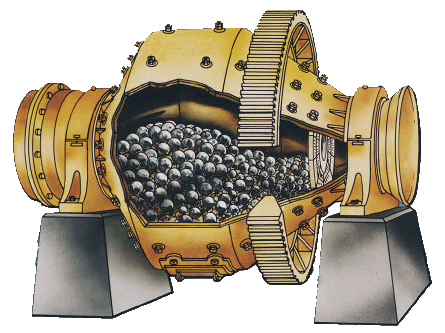Nettle D A 40
— 24/12/2024Found by Ian Suddaby at the old Manuel Brickworks, Whitecross. Left in situ. Stein, Castlecary Fireclay Works, Castlecary, Stirlingshire. Stein, Manuel Firebrick and Refractory Works, Whitecross, Stirlingshire. Stein & Co, Anchor Brickworks, Denny, Stirlingshire. Milnquarter Fireclay & Gannister Works, Bonnybridge, Stirlingshire.




















